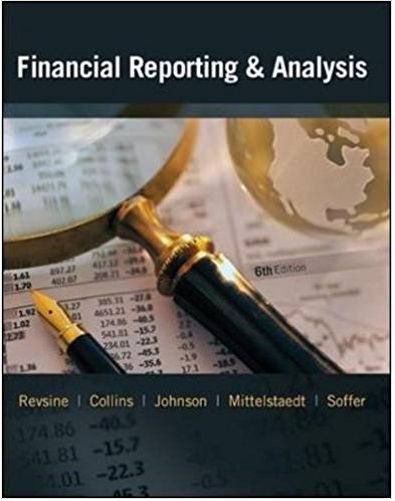Barden, Inc., operates a retail chain that specializes in baby clothes and accessories that are made to
Question:
Barden, Inc., operates a retail chain that specializes in baby clothes and accessories that are made to its specifications by a number of overseas manufacturers. Barden began operations in 2005 and has always employed the FIFO method to value its inventory. Since 2005, prices have generally declined as a result of intense competition among Barden’s suppliers. In 2013, however, prices began to rise significantly as these suppliers succumbed to international pressure and addressed sweatshop conditions in their factories. The improved working conditions and benefits led to increased costs that are being passed on to Barden. In turn, Barden’s management believes that FIFO no longer is the best method to value its inventories and thus switched to LIFO on January 1, 2014. This accounting change was justified because of LIFO’s better matching of current costs with current revenues. Barden judges it impractical to apply the LIFO method on a retrospective basis because the company never maintained records on a LIFO basis. As a result of this change, ending inventory was reported at $275,000 instead of its $345,000 FIFO value. Barden reported 2014 net income of $825,000; the company’s income tax rate is 35%. Barden has 10,000 shares of stock outstanding.
Required:
1. How should Barden’s 2014 comparative financial statements reflect this change in accounting principle?
2. Prepare whatever disclosure is required under current GAAP as a result of this change.
The ending inventory is the amount of inventory that a business is required to present on its balance sheet. It can be calculated using the ending inventory formula Ending Inventory Formula =... Financial Statements
Financial statements are the standardized formats to present the financial information related to a business or an organization for its users. Financial statements contain the historical information as well as current period’s financial... GAAP
Generally Accepted Accounting Principles (GAAP) is the accounting standard adopted by the U.S. Securities and Exchange Commission (SEC). While the SEC previously stated that it intends to move from U.S. GAAP to the International Financial Reporting Standards (IFRS), the...
Step by Step Answer:

Financial Reporting and Analysis
ISBN: 978-0078025679
6th edition
Authors: Flawrence Revsine, Daniel Collins, Bruce, Mittelstaedt, Leon





